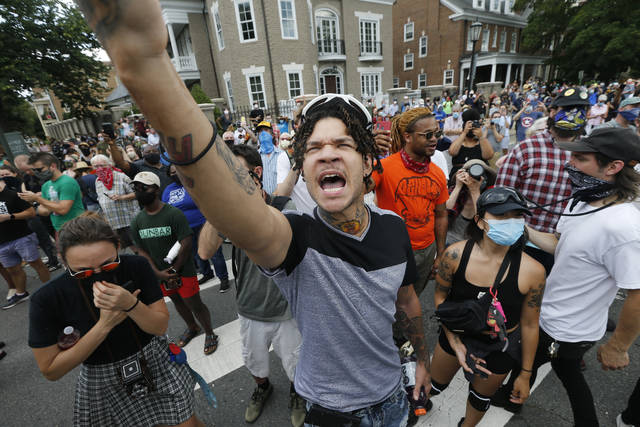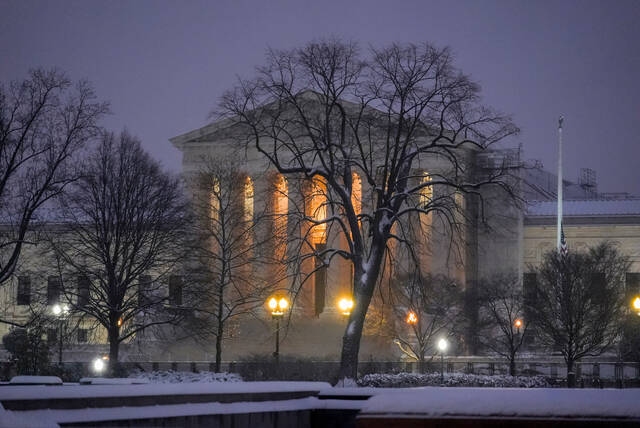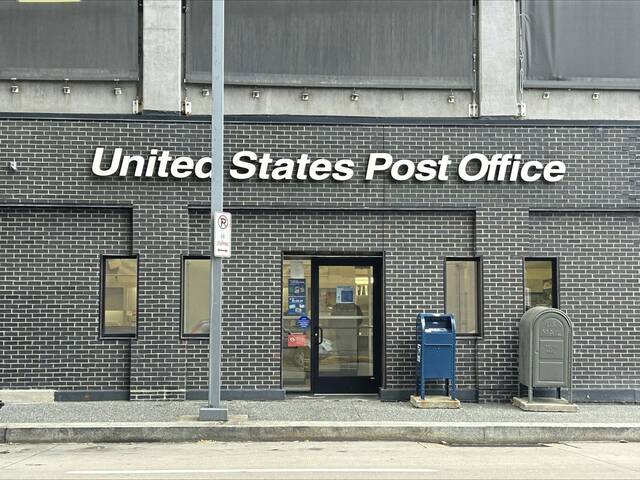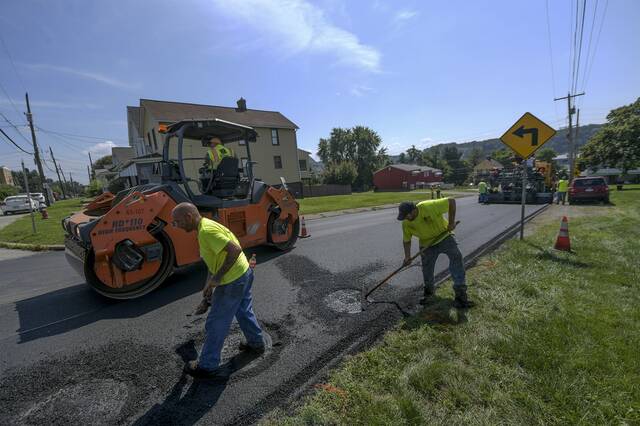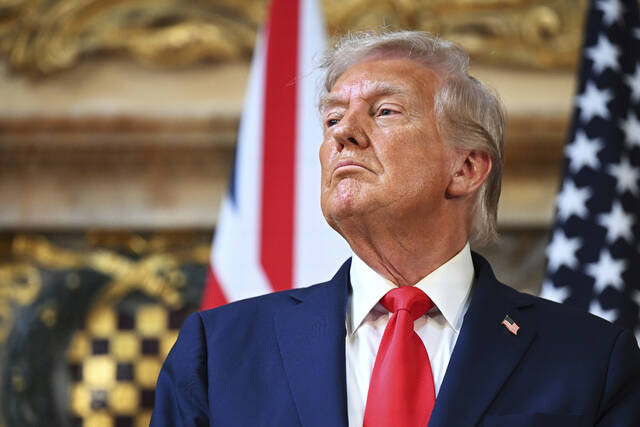Three years ago this month, the world witnessed extremely disturbing images emerge out of Charlottesville, Va. as Unite the Right protesters marched through the University of Virginia’s campus, holding torches and shouting ominous chants such as “Jews will Not Replace US.”
Rally organizers suggested the overall goals of the marches were to oppose the removal of the Confederate Gen. Robert E. Lee statue in Charlottesville and to unify the American nationalist movement, which included neo-Confederate, alt-right and white nationalist groups from across the country. The demonstrations escalated throughout the weekend, from heated verbal exchanges to violent assaults initiated by protesters toward counter-protesters. The tumultuous weekend resulted in over 30 injuries and the death of counter-protester Heather Heyer, killed by a white supremacist who intentionally drove his car into the crowd of peaceful counter-protesters.
Three years after Charlottesville, the nation has been immersed in eerily similar circumstances, as Confederate monument removal has been one the major targets of the current mass protest against racial injustice.
The death of George Floyd on May 25 reignited this recent wave of protests that have targeted structural inequalities as well as symbolic racism, while the movement that encompassed the 2017 Charlottesville Lee statue removal was primarily sparked by the June 17, 2015 massacre of nine African Americans at Emanuel AME Church in Charleston, S.C., at the hands of a white-supremacist gunman. Numerous cities throughout the country initiated efforts to remove Confederate statues in the aftermath of the Charleston church shooting.
There had been protests against and supporting Confederate monuments in other cities previous to 2017, but the Charlottesville confrontation was far different. The Charlottesville City Council’s removal announcement unexpectedly galvanized hate groups with an explicit mission at a specific site.
Hate groups typically reside online in chat rooms, offering anonymity to participants. In Charlottesville, white-nationalist groups brazenly revealed their identities in large numbers. The hatred on display conjured up images of KKK marches and violence that terrorized Black communities during the Jim Crow era.
The extremism the world witnessed in Charlottesville in 2017 and the continued zealotry of those wishing to maintain the statues has precarious origins in “Lost Cause” romanticism that began not long after Confederate defeat.
The Lost Cause movement effectively revised Confederate motivations and sought to unify white populations in a common heritage against the interests of African American Southerners. Accordingly, the building of many of these monuments in public spaces occurred between 1889 and 1929 and was intentional to depict defeated Civil War military men as heroic. This accompanied the era of lynching, disenfranchisement and destruction of Black towns, all sanctioned by state governments and all designed to halt the “perceived” progress that African Americans made during Reconstruction and beyond.
Charlottesville sits in central Virginia, the state with the most Confederate monuments and former capital of the Confederacy. During my biannual trip from Pittsburgh to my hometown of Portsmouth, Va. this July, my mom was pleased to show me the covered, fenced-off Confederate statue in downtown Portsmouth, which Portsmouth City Council recently voted to remove.
That long-standing statue accompanied the structural indignities of Jim Crow segregation of the 1950s and 60s that my parents fought through.
My mother still vividly recalls the degradation of insufficient resources allocated to the all-Black schools she attended, in addition to the legalized prohibition of African American entrance into numerous job markets, housing markets and accommodations.
My father can recollect too many racially dehumanizing events from his youth, like being called nigger every day one school year while riding the bus past white students at a bus stop.
Emerging out of the psychological and physical trauma of that ethos, their generational cohorts and descendants are both deserving and pleased to see systemic racist barriers, in addition to these relics of racial subjugation, removed from public glorification. The current national and global “statue removal” momentum suggests that the options are clear despite temporary presidential executive orders: either destroy these statues or relocate them to museums or cemeteries.
Indeed, time is past due for our society to end public idolization of Confederate monuments that glorify a treasonous government whose founding cornerstone principle, according to Confederate Vice President Alexander Stephens, was the preservation of African American enslavement and the proliferation of white supremacy.
Kelton Edmonds is a history professor at California University of Pennsylvania.


